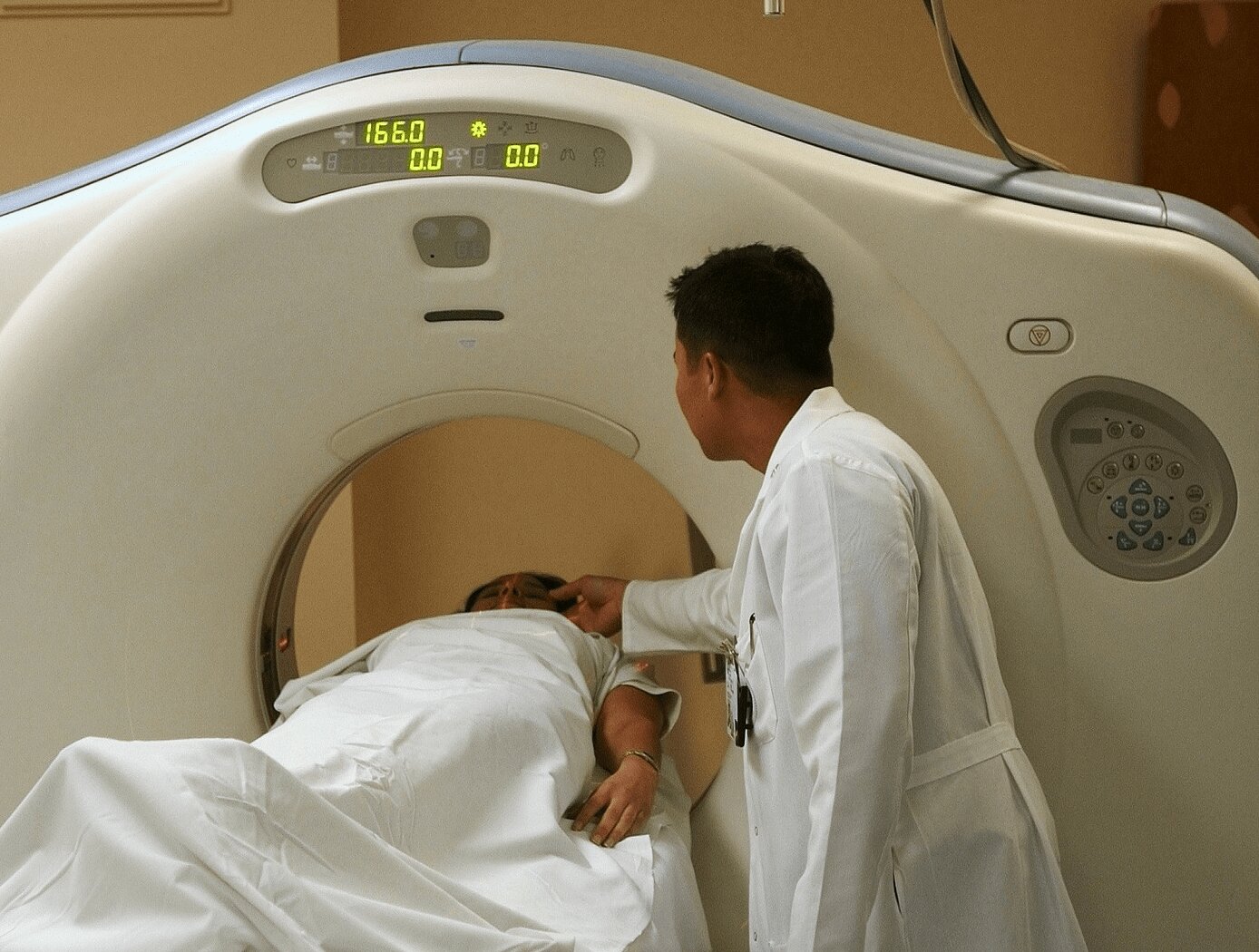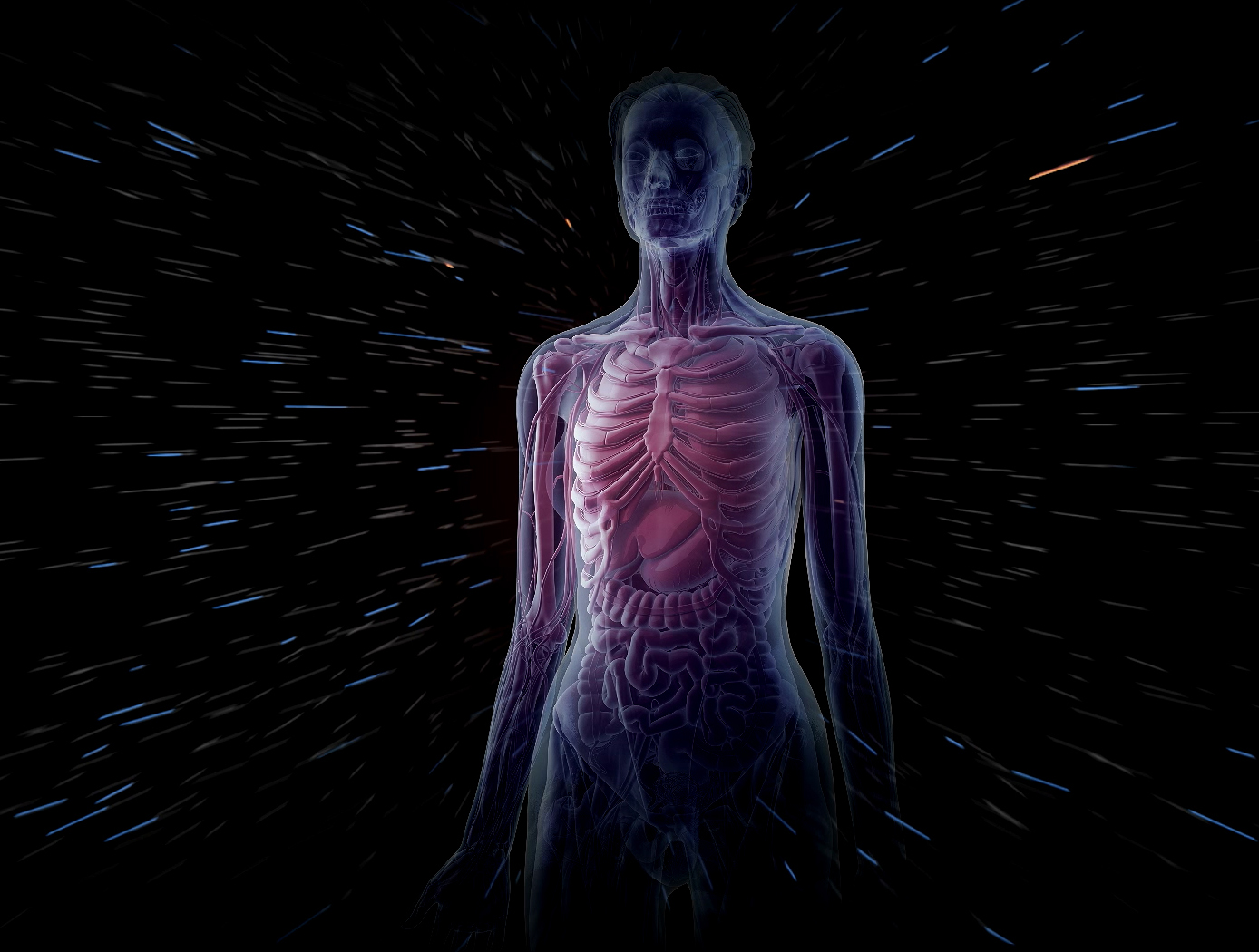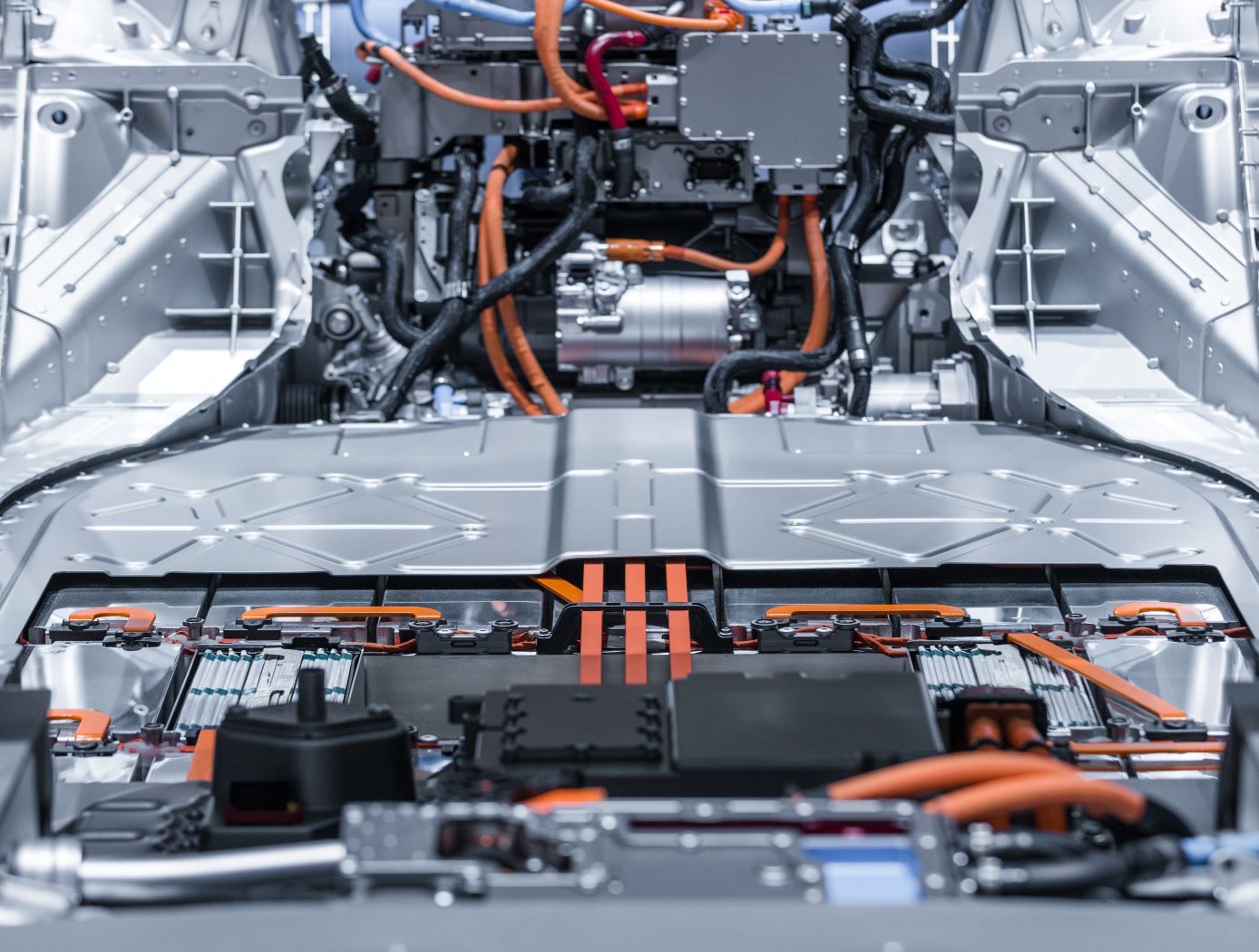Search
materials and coatings

Flexible Lightweight Radiation Shielding
The thin, lightweight radiation shielding is comprised of a low Z/high Z/low Z layered structure wherein the low Z layer is composed of titanium and the high Z layer is composed of either tantalum or antimony. Modelling of radiation shielding performance from a Cobalt 57 source shows a 10 times reduction in gamma radiation when using tantalum and a 25 times reduction when using antimony as compared with a single layer of lead. In addition, the Z-shielding is 25% lighter than a single lead layer with the same thickness (0.35-0.36 mm). The direct textile spraying innovation outlined by this invention enables the ability to shape this shielding into garments via the sewing of metal coated fibers. The refractory metal shielding can be added onto a variety of commodity-based fabrics including glass fabrics.
materials and coatings

Computer-implemented energy depletion radiation shielding
The difference between Layered Energy Depletion Radiation Shielding (LEDRS) and Stacked Energy Depletion Radiation Shielding (SEDRS) is how the piece of matter, or shield, is analyzed as radiation passes through the matter.
SEDRS involves using a defined and ordered stack of layers of shielding with different material properties such that the thickness and chemical properties of each material maximizes the absorption of energy from the radiation particles that are most damaging to the target. The SEDRS shielding method aims to provide the maximum level of energy absorption while still keeping shielding mass and volume low.
The process of LEDRS involves using layers of shielding material such that the thickness of each material is designed to absorb the maximum amount of energy from the radiation particles that are most damaging to the target after subsequent layers of shielding. The more energy is absorbed by the shielding material, the less energy will be deposited in the target minimizing the required mass to achieve a resulting lower dose for a given geometrical feature. The LEDRS shielding method aims to provide the maximum level of energy absorption. The process for designing LEDRS views potential radiation shields as a cascade of effects from each shielding layer to the next and is helpful for investigating the particular effects of each layer.
SEDRS and LEDRS can improve any technology that relies on the controlled manipulation of a radiation field by interaction with a material element.
Materials and Coatings

High Atomic Number Coatings for Fabrics
High atomic number materials, such as tantalum, do not bond well to oxygen- and hydroxyl-rich surfaces, such as glass fibers. These metals often form surface oxides when layered on glass fabric, resulting in flaking of the high atomic number material off the fabric during cutting, folding, and/or handling.
To improve coating durability, this invention applies a lower atomic number metal as a tie down layer first before applying the high atomic number metal layer. The tie down layer reduces oxide formation between the substrate and the high atomic number material, promoting adhesion. Titanium has shown strong adhesion with different metals and is effective at reducing oxide formation when diffusion bonded to itself or other materials. It has been shown to be effective at improving durability when thermally sprayed onto a glass fiber fabric as a tie down layer for a subsequent tantalum layer (also applied via RF plasma spray). The titanium layer is only approximately 1 mil thick but results in strong adhesion of the tantalum layer by inter-metallic or diffusion bonding. A thermal spray process may be used, as well.
This innovation enables the delivery of high atomic metal coating on glass fiber fabrics and other polymeric substrates that are lower cost, lighter weight, and durable to form a flexible cloth material with Z-graded radiation shielding. Coated samples have been produced and the technology is currently at a technology readiness level (TRL) of 4 (prototype).
environment

Closed Ecological System Network Data Collection, Analysis, Control, and Optimization System
The technology relates generally to controlled ecosystems, and more particularly, to a Controlled Closed-Ecosystem Development System (CCEDS) that can be used to develop designs for sustainable, small-scale reproductions of subsets of the Earths biosphere and the Orbiting Modular Artificial-Gravity Spacecraft (OMAGS). The technology encompassing a CCEDS includes one or more a Closed Ecological Systems (CESs), each having one or more Controlled Ecosystem Modules (CESMs). Each CESM can have a biome containing at least one organism, and equipment comprising one or more of sensors, actuators, or components that are associated with the biome. A controller operates the equipment to effect transfer of material among CESMs to optimize one or more CESM biomes with respect to their organism population health, resilience, variety, quantities, biomass, and sustainability. A CES is a community of organisms and their resources that persist in a sealed volume such that mass is not added or removed. The mass (food/air/water) required by the CES organisms is continually recycled from the mass (waste) produced by the organisms. Energy and information may be transferred to and from a CES. CES research promises to become a significant resource for the resolution of global ecology problems which have thus far been experimentally inaccessible and may very well prove an invaluable resource for predicting the probable ecological consequences of anthropogenic materials on regional ecosystems. In order to create CESs that are orders of magnitude smaller than the Earth that can function without the Earth, the desired gravity level and necessary radiation shielding must be provided by other means. Orbiting Modular Artificial-Gravity Spacecraft (OMAGS) is a fractional gravity spacecraft design for CES payloads and is depicted in Figures below. In tandem, the CCEDS and OMAGS systems can be used to foster gravitational ecosystem research for developing sustainable communities in space and on Earth.
health medicine and biotechnology

Self-Cleaning Germicidal Door Handle
As previously mentioned, doorknobs, levers, and handles are commonly manufactured using plastic or stainless-steel materials. Since bacteria and viruses can survive for extended periods of time on such materials, these objects can facilitate the transmission of pathogens between users. Furthermore, it is burdensome and costly for organizations to implement cleaning protocols where door handles are cleaned continuously. To address this issue, UV sterilization systems have been used for door handles. However, such systems often require bulky mounting equipment, possess sub-optimal aesthetics, and are high price point products leaving significant room for improvement.
To overcome the limitations of using cleaning agents, sprays, or bulky high-cost sterilizing systems, NASA developed an Ultraviolet Germicidal Door Handle. This invention largely resembles a conventional doorhandle; however, it contains a compact, far UV-C LED light device that attaches to the handle via mounting threads and disinfects surfaces (i.e., kills or inactivates pathogens). The device is controlled by a sensor that activates the UV-C light for a specified time to disinfect the surface after each use. After disinfection is completed, a timer sequence switches the light off and prepares for the next use. Due to the simple, thread-based mounting system, the UV-C LED is easily removable from the door handle. The UV-C LED has several convenient features including a USB charging port, I/O switch, and low battery indicator light.
The Ultraviolet Germicidal Door Handle greatly minimizes the risk of harmful pathogens, such as SARS-CoV-2, being transmitted between people using the same door. Various versions of the Ultraviolet Germicidal Door Handle could be marketed to accommodate different designs of door handles and levers.
power generation and storage

Triggering Li-ion Battery Cells with Laser Radiation
This technology is based upon a 120-watt IR laser is coupled to a fiber optic cable that is routed from the output of the laser into a series of focusing optics which directs energy onto a battery cell mounted to a test stand. When activated, heat from the laser penetrates the metal housing, heating the internals of the cell. At a specific temperature, the separator in the first few layers of the cell melts allowing the anode and cathode to make contact and initiates an internal short circuit. The internal short circuit then propagates throughout the battery eventually causing thermal runaway. The lower the wavelength of the laser used to produce the thermal runaway, the more heat-energy will be absorbed into the cell producing a faster result. The fiber optic cable can be terminated into a series of optics to focus the laser at a specific target, or the fiber optic cable can be stripped bare and placed next to the target to heat an isolated location. This method can also be used on a wide variety of cells, including Li-ion pouch cells, Li-ion cylindrical cells and Li-ion Large format cells.
The innovation Triggering Li-ion Cells with Laser Radiation is at TRL 6 (which means a system/subsystem prototype has been demonstrated in a relevant environment) and the related patent application is now available to license and develop into a commercial product. Please note that NASA does not manufacture products itself for commercial sale.


